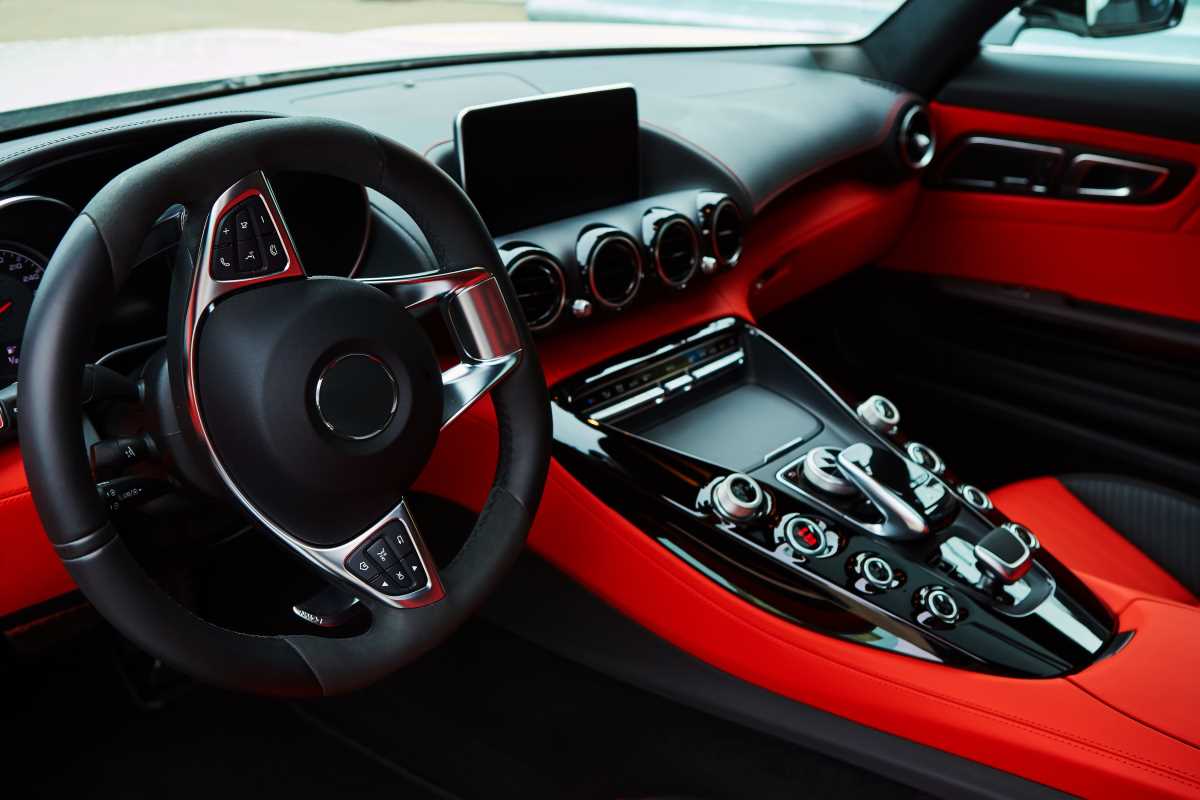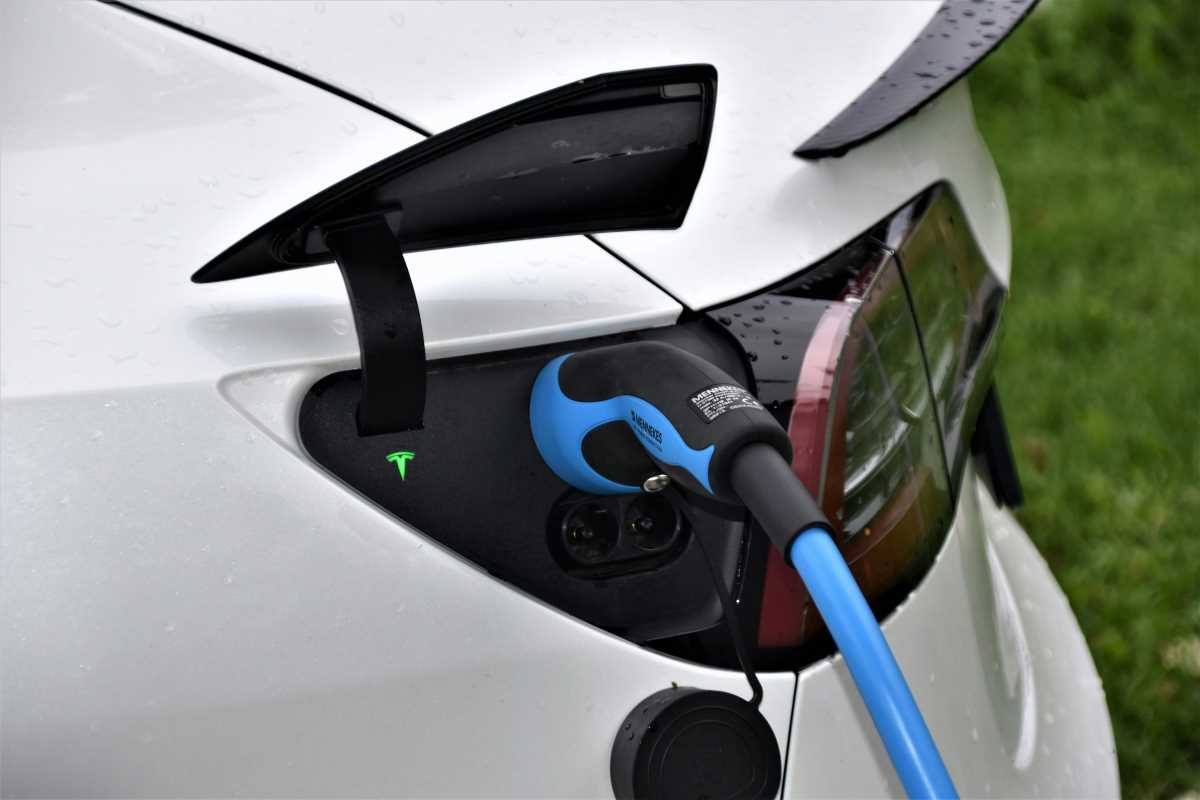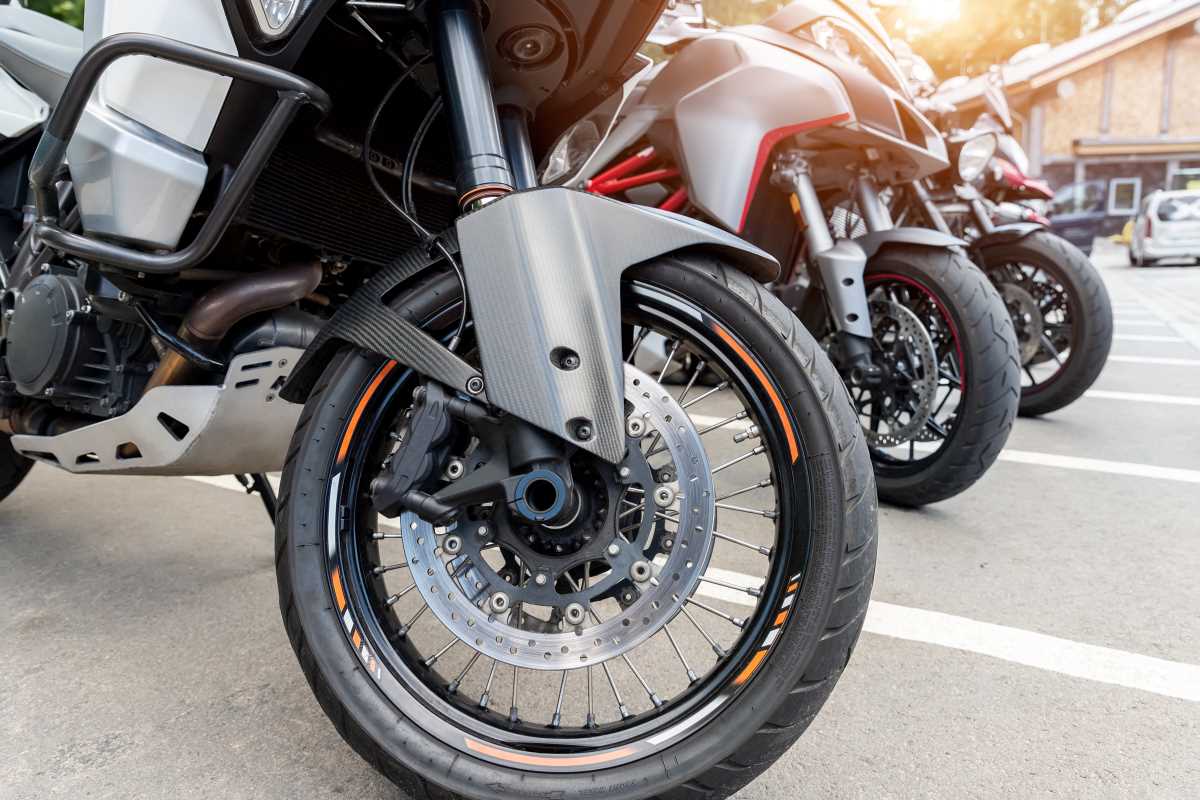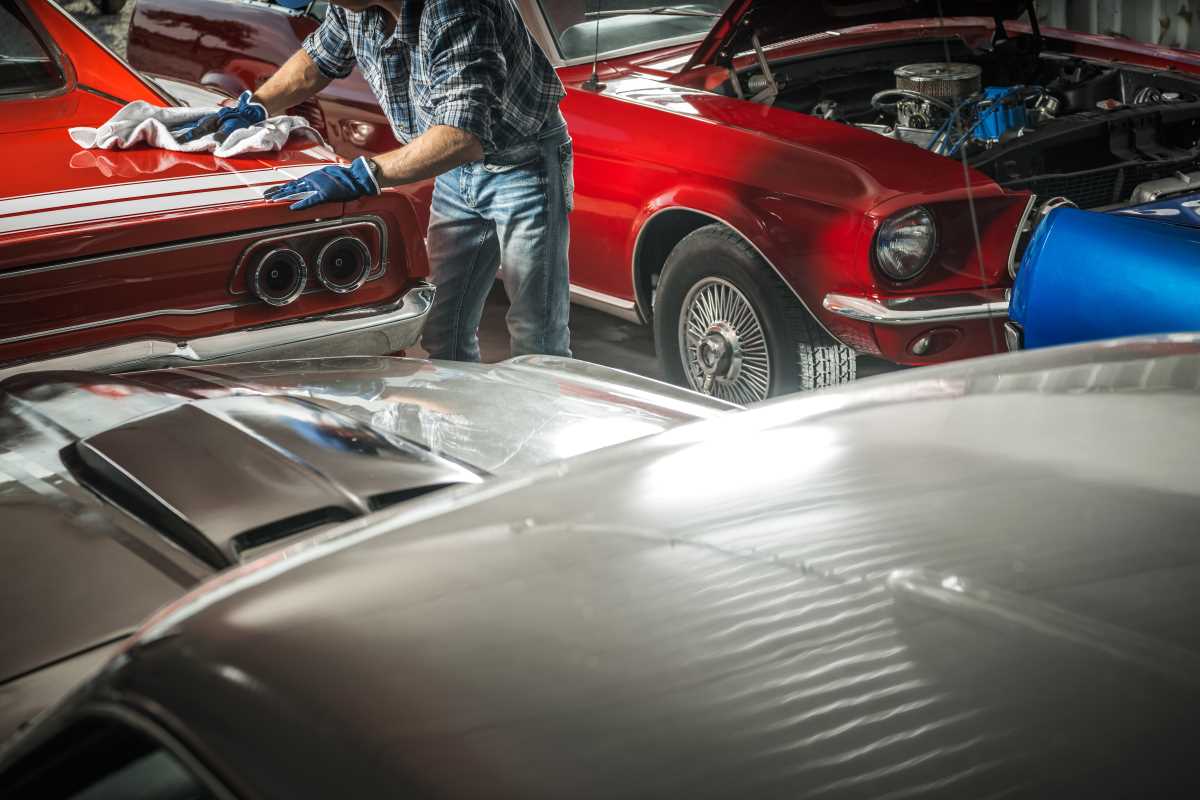Bringing a classic car engine back to life offers a rewarding blend of hands-on work and personal satisfaction. Restorers breathe new energy into vintage vehicles, preserving their original charm while upgrading key components for better performance and reliability. Throughout the process, each step—from assessing the engine’s condition to fine-tuning for modern roads—adds to the sense of accomplishment. Many find joy in knowing their efforts keep automotive history alive and ensure their classic car can be enjoyed on daily drives. Whether rebuilding for personal pride or to share with fellow enthusiasts, this project creates lasting memories and practical skills.
Many enthusiasts find that the restoration process goes beyond a mere fix-up; it becomes a creative venture into automotive craftsmanship. Blending old-world design with modern techniques ensures that your engine not only turns heads but also performs reliably on modern roads.
Assessing the Condition of the Classic Engine
The first step in any restoration project is to take a close look at the engine's current condition. Start by checking for visible signs of wear such as corrosion, cracks, or wear in critical components. A thorough evaluation means examining fuel lines, the cooling system, and internal engine parts. Doing this upfront helps you target specific areas that need attention while planning upgrades that improve reliability.
Take your time during this assessment, as rushing may lead to oversights later. Document areas that show weaknesses or outdated technology. Testing compression and leak checks will uncover issues not visible at first glance. This early investigation lays a solid foundation for mapping out the entire restoration process.
Modern Upgrades to Improve Reliability
Incorporating modern technology ensures that a classic engine can handle the demands of current road conditions without losing its distinctive character. Upgrades should focus on safety, efficiency, and performance while keeping the original spirit intact. Embracing changes doesn't mean replacing the engine’s soulful design—it means enhancing it with selected, smart improvements.
Modern upgrades make your restoration project more practical while keeping maintenance easy. Some of the common modifications include:
- Upgrade to fuel injection systems for better fuel economy and performance.
- Install electronic ignition systems that boost startup reliability and overall engine timing.
- Enhance cooling systems with improved radiators and thermostat controls for consistent engine temperatures.
- Replace outdated exhaust components with advanced, quieter emission control systems.
- Integrate digital engine management units to monitor and optimize performance in real time.
Step-by-Step Engine Restoration Process
Breaking down the restoration process into clear, actionable steps keeps the project on track. Following a well-organized plan ensures that no important detail gets overlooked. Each phase builds on the previous one, and careful planning helps tackle unexpected challenges.
Before diving into heavy work, prepare your space and tools to handle vintage engine parts. Remember to work steadily and check your progress frequently. Below is a simple guide to help you navigate the restoration:
- Initial Inspection: Carefully examine the engine for wear and damage. Identify parts that need replacing or updating.
- Disassembly and Cleaning: Remove the engine components, keeping track of each piece. Clean parts thoroughly using the proper solvents and degreasers.
- Parts Evaluation and Repair: Assess each component’s condition and refine or replace as necessary. Look for upgrades that boost performance.
- Installing Modern Upgrades: Fit fuel injection systems, upgraded ignition components, and improved cooling parts as planned.
- Reassembly and Testing: Carefully put the engine back together and start it up in a controlled environment. Monitor performance and adjust settings for optimal operation.
- Final Tuning: Fine-tune engine settings and ensure that all systems work together harmoniously to meet modern reliability standards.
Troubleshooting Common Restoration Challenges
Unexpected issues can arise during restoration, testing both your patience and skill. For example, a misaligned timing belt or a stubborn rust problem may require additional tools or careful reconsideration of installed parts. Being prepared to handle these roadblocks smooths out the process and prevents minor setbacks from derailing progress.
Many hurdles come from balancing newer technologies with the engine's traditional structure. When issues crop up, take a systematic approach by rechecking each step and comparing your work to original repair manuals. This method ensures adjustments address the root of the problem, helping the engine run more efficiently and reliably.
Balancing Authenticity and Reliability
Finding a balance between preserving a classic engine's originality and enhancing its performance can be tricky. Restorers work to maintain the style and feel of the original engine while making discreet updates that go unnoticed at first glance. This balance keeps the nostalgic vibe intact while meeting modern expectations.
Using period-correct parts alongside selective modern upgrades creates a hybrid that respects tradition without sacrificing efficiency. It is wise to research historical models and consult with experts experienced in classic car restoration. Matching the era’s aesthetic with current technology often yields the best results and shows deep respect for the vehicle's heritage.
Restoring old machinery brings both challenge and satisfaction, giving new life to classic engines. Careful planning keeps the engine true to its origins while making it reliable for today's roads.
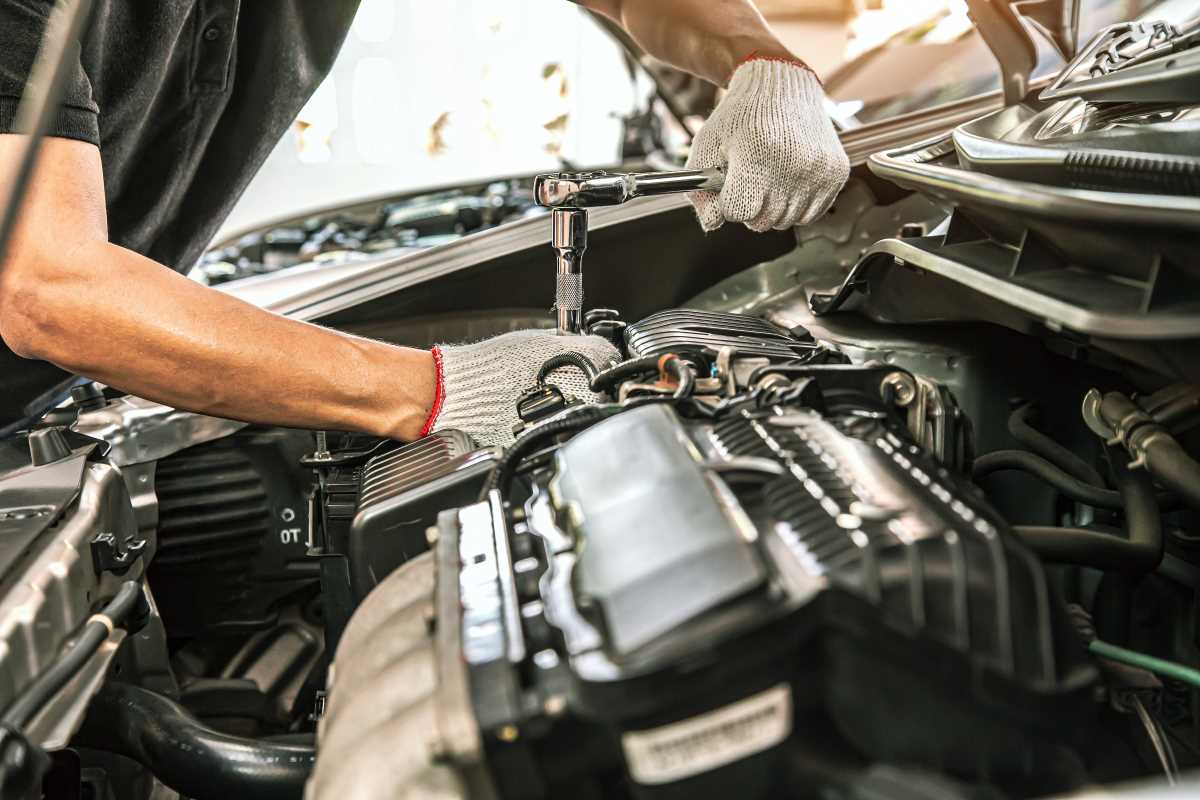 (Image via
(Image via